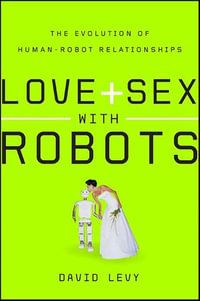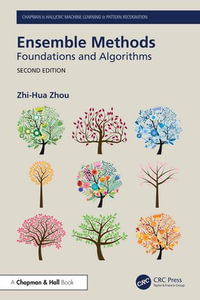
eTEXT
Advanced Theory of Constraint and Motion Analysis for Robot Mechanisms
By: Jingshan Zhao, Zhijing Feng, Fulei Chu, Ning Ma
eText | 22 November 2013 | Edition Number 1
At a Glance
eText
$247.95
or
Instant online reading in your Booktopia eTextbook Library *
Read online on
Desktop
Tablet
Mobile
Not downloadable to your eReader or an app
Why choose an eTextbook?
Instant Access *
Purchase and read your book immediately
Read Aloud
Listen and follow along as Bookshelf reads to you
Study Tools
Built-in study tools like highlights and more
* eTextbooks are not downloadable to your eReader or an app and can be accessed via web browsers only. You must be connected to the internet and have no technical issues with your device or browser that could prevent the eTextbook from operating.
ISBN: 9780124202238
ISBN-10: 0124202233
Published: 22nd November 2013
Format: ePUB
Language: English
Number of Pages: 496
Publisher: Elsevier S & T
Edition Number: 1
You Can Find This eBook In
This product is categorised by
- Non-FictionEngineering & TechnologyIndustrial Chemistry & Manufacturing Technologies
- Non-FictionComputing & I.T.Computer ScienceArtificial Intelligence
- Non-FictionEngineering & TechnologyMechanical Engineering & MaterialsMechanical EngineeringEngines & Power TransmissionSteam Engines
- Non-FictionEngineering & TechnologyElectronics & Communications EngineeringElectronics EngineeringAutomatic Control EngineeringRobotics
- Non-FictionEngineering & TechnologyTechnology in GeneralEngineering in General























